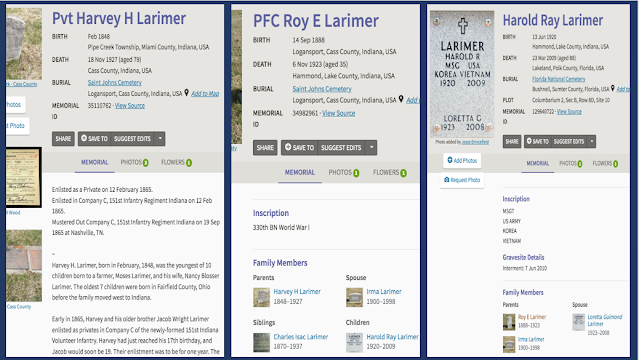Friday night's #GenChat on Twitter was an open mic hour of chat about genealogy and family history and related topics.
One tweet kicked off a spirited conversation that has continued with additional comments posted for several days, and from multiple countries:
Does anyone else who volunteers with a historical & genealogical society struggle to find volunteers? I have been volunteering at a society for 4 years now as trustee and they have not gained any new volunteers.
This is not a new challenge, to be sure. During the pandemic period in particular, some groups are struggling while others have tried to adapt to remain relevant in a changing world. Lots of groups have had this conversation internally. #GenChat's discussion was impromptu, not structured and has attracted additional tweeted comments in recent days.
During the wide-ranging discussion, some tweets mentioned an entrenched "old guard" of officers unwilling to try new ideas. Other tweets observed that younger people often don't feel welcomed by older members. Still other tweets noted the need for new blood and new outreach techniques.
You can read most of the comments by looking for #GenChat hashtag on Twitter, with posts dated May 20 and later. Some posts don't have the hashtag, so here are an even dozen representative comments about the challenges of keeping genealogical and historical society groups alive and well.
Tweets from the discussion
"...Sometimes there is problem of “old heads” running off “newbies” — refusing to try new ways or ideas — or just not relinquishing reins where they should. Great way to kill an org."
"It is worlds easier to collaborate and help from a distance than ever before! (Whether that distance is across the country or just across town.) But too many genealogy societies insist on not trying anything new."
"At the last [genealogy] fair I went to there was one group that seemed to hold everyone's attention but wouldn't talk to anyone outside the group."
"I hear from so many younger genealogists that their societies aren't welcoming. How do we bridge the gap?"
"Societies, overall, are *way* too passive in recruiting volunteers. They don’t ask specific people, nor do they have good job descriptions. “We need volunteers for XYZ project.” Ok, but what will they *do* and what skills and time commitment are required?"
"Common issue. Many [genealogy groups] were founded at a time when working patterns were different. Today, some feel unwelcoming. I feel there will be big changes in the next few years. Some will go, some will merge, experiments with different platforms. Big societies and hyper local ones."
"My local society has trouble finding volunteers for committee chairs and the board officers but [people] are willing to volunteer for one-off jobs all the time."
"I think some may be somewhat hostile to trying new things too, i.e. using social media to promote themselves and get the word out about their organization. I remember seeing a family history society that had ZERO social media presence."
"A lot to learn from attachment theory. People feel attached to what they have, changing it elicits a grieving process which people try to avoid because it is painful. How do we acknowledge and work through it?"
"If a society is trying to draw members only through programming, they’re doomed. Instead, they need to show why they are unique, why they are *valuable* to the public. They go broad, when they should be going deep."
"Unique and value are the key words. Some "deep" specialized societies have great member resources not just interesting programs. Some "broad" clubs demonstrate value via networking, mentoring, more. Need to articulate real benefits to attract people & volunteers."
"Maybe not enough people understand the importance of knowing and preserving their history. They need to understand their history connects them to the global world."
What do you think?
This is a huge topic, and while the #GenChat hour only scratched the surface, it got people thinking and commenting about challenges and opportunities.
Please join the conversation by leaving a comment on my blog or by tweeting using the hashtag #GenChat so we can all read and chime in!



















